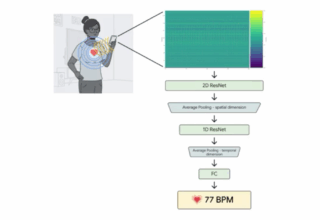
One of the most common knee injuries among athletes and in the general population, the recovery from an ACL tear is anything but simple. An especially devastating injury for athletes at the top of their game, the long road to recovery involves both physical and psychological dimensions to it. Recovering from an ACL injury can take anywhere from a few weeks to a couple of months depending on the severity of the injury and treatment. It is not a cause for despair though. With the existing surgical procedures and rehabilitation, it is possible to get back to full functionality over time.
So how bad can it get?
Nearly half of all injuries to the ACL are accompanied by damage to the surrounding tissues in the knee such as the meniscus, articular cartilage and other ligaments. The severity of injury to the ligament, also called a sprain, is broadly graded based on the damage taken by the ligament and how much instability it causes to the knee joint.
- Grade 1 Sprain: The ligament has been slightly stretched and mildly damaged but is able to keep the knee joint stable.
- Grade 2 Sprain: It is also called a partial tear where the ligament is stretched to the extent where it becomes loose.
- Grade 3 Sprain: The ligament has a complete tear and has been split into two pieces which makes the knee joint unstable.
Surgical or non-surgical treatment?
Based on the severity of the injury, the age and activity levels of the individual, an orthopedic surgeon can suggest the appropriate mode of treatment.
- Nonsurgical treatment: This is the chosen method for those who have an intact overall stability in the knee joint after the injury, for elderly individuals and those who lead a low activity lifestyle. Physical therapy is often effective in these cases to return the knee close to its pre-injured state and a careful rehabilitation programme can be started as the swelling goes down. A hinged knee brace is often suggested for extra knee stability and high activity should be avoided.
- Surgical treatment: This is the preferred option in the event of a complete ligament tear and in younger individuals and athletes who live a physically active life. The ligament is reconstructed by replacing the torn ligament with a tissue graft that acts as a support for new ligament tissue to grow on. The grafts can be extracted from the patellar, hamstring or quadriceps tendons and the reconstruction procedures have a long-term success rate of 82-95%. Post rehabilitation the individuals can get back to sports and an active lifestyle.
Recovering from the injury
Whether the treatment involves surgery for ACL tear or not, rehabilitation is critical to get people back into their daily functional lives and a well-planned physical therapy can get the knee strength and motion back to pre-injury condition. Physical therapy focuses on restoring full range of motion to the knee and surrounding tissues which is then followed up by a strengthening programme that protects the newly formed ligament.
An overlooked aspect of an ACL injury is its psychological and emotional component. This is true for athletes as studies show that they experience increased depression and have decreased satisfaction in their sport and often refrain from performing to their full capacity due to the fear of a re-injury. Returning to pre-injury level of activity is lower in most people and a skilled personal trainer along with a sports psychologist can be helpful in overcoming the fear of a re-injury.
Conclusion
Bouncing back from a ligament tear in knee involves both mental and physical grit and can be accomplished in a matter of months. In individuals who are physically active, there are plenty of affordable surgery packages online that allow them to choose the best treatment to get back to a totally normal life.

















